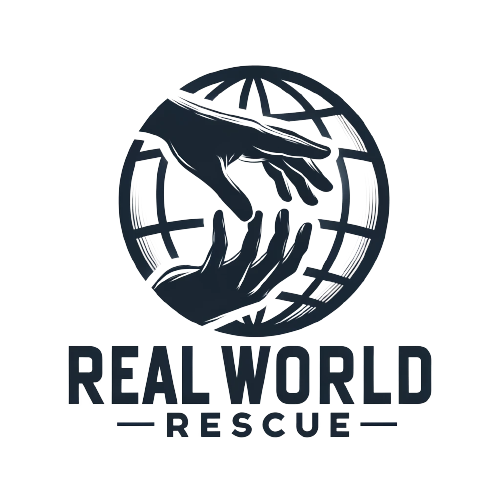In the evolving landscape of humanitarian aid, ‘World Rescue’ operations are increasingly turning to telemedicine as a pivotal tool in their medical relief efforts. This digital approach to healthcare delivery has emerged as a critical component in ensuring timely, efficient, and effective medical assistance in disaster-stricken areas around the globe. This article explores the transformative role of telemedicine in medical relief, highlighting its impact, challenges, and potential for future operations.

Breaking Barriers: Telemedicine in Remote Areas
Telemedicine has the unique capability to transcend geographical barriers, offering real-time medical consultation and support to remote or inaccessible disaster zones. Through ‘World Rescue’ initiatives, telemedicine platforms facilitate the connection between frontline volunteers in disaster areas and medical specialists worldwide. This immediate access to expert consultation can be lifesaving, especially in situations where specialized medical care is not available on the ground.
Enhancing Capacity and Efficiency
One of the most significant advantages of telemedicine in medical relief efforts is its ability to enhance the capacity and efficiency of limited on-site medical teams. By leveraging telemedicine, ‘World Rescue’ operations can provide a broader range of services, from diagnosis and treatment planning to mental health support and post-disaster follow-up. This not only expands the scope of care but also optimizes the use of scarce medical resources in crisis situations.
Overcoming Challenges with Innovation
Despite its immense potential, integrating telemedicine into ‘World Rescue’ medical relief operations is not without challenges. Issues such as technological infrastructure, connectivity in disaster zones, and the need for digital literacy among both providers and patients are significant hurdles. However, continuous innovations in mobile technology, satellite communications, and portable medical devices are progressively mitigating these obstacles, paving the way for more effective telemedical applications in disaster relief.
Training and Empowerment through Tele-Education
Telemedicine also plays a vital role in the training and empowerment of local healthcare workers in disaster-affected regions. Through tele-education components of ‘World Rescue’ missions, medical professionals in remote areas can access training modules, participate in live workshops, and receive guidance on managing complex cases, thereby building local capacity and resilience for future crises.
Ethical Considerations and Patient Privacy
As telemedicine becomes more integrated into ‘World Rescue’ efforts, ethical considerations, particularly concerning patient privacy and data security, come to the forefront. Ensuring the confidentiality and security of medical information in digital formats is paramount. ‘World Rescue’ operations are adopting stringent protocols and employing advanced security measures to protect patient data, ensuring that telemedicine practices adhere to the highest ethical standards.
The Future of Telemedicine in Disaster Relief
Looking ahead, the role of telemedicine in ‘World Rescue’ medical relief operations is set to expand further. With advancements in artificial intelligence, machine learning, and remote diagnostic technologies, telemedicine will continue to enhance the quality and accessibility of medical care in disaster zones. The future of medical relief lies in the integration of these digital health solutions, promising a new era of responsive, effective, and compassionate humanitarian aid.
Conclusion
The incorporation of telemedicine into ‘World Rescue’ medical relief efforts represents a paradigm shift in how humanitarian aid is delivered in the 21st century. By bridging the gap between advanced medical expertise and the immediate needs of disaster-affected communities, telemedicine is not just a tool but a beacon of hope. It symbolizes the innovative spirit and adaptability of ‘World Rescue’ operations in their mission to save lives and alleviate suffering across the globe.
